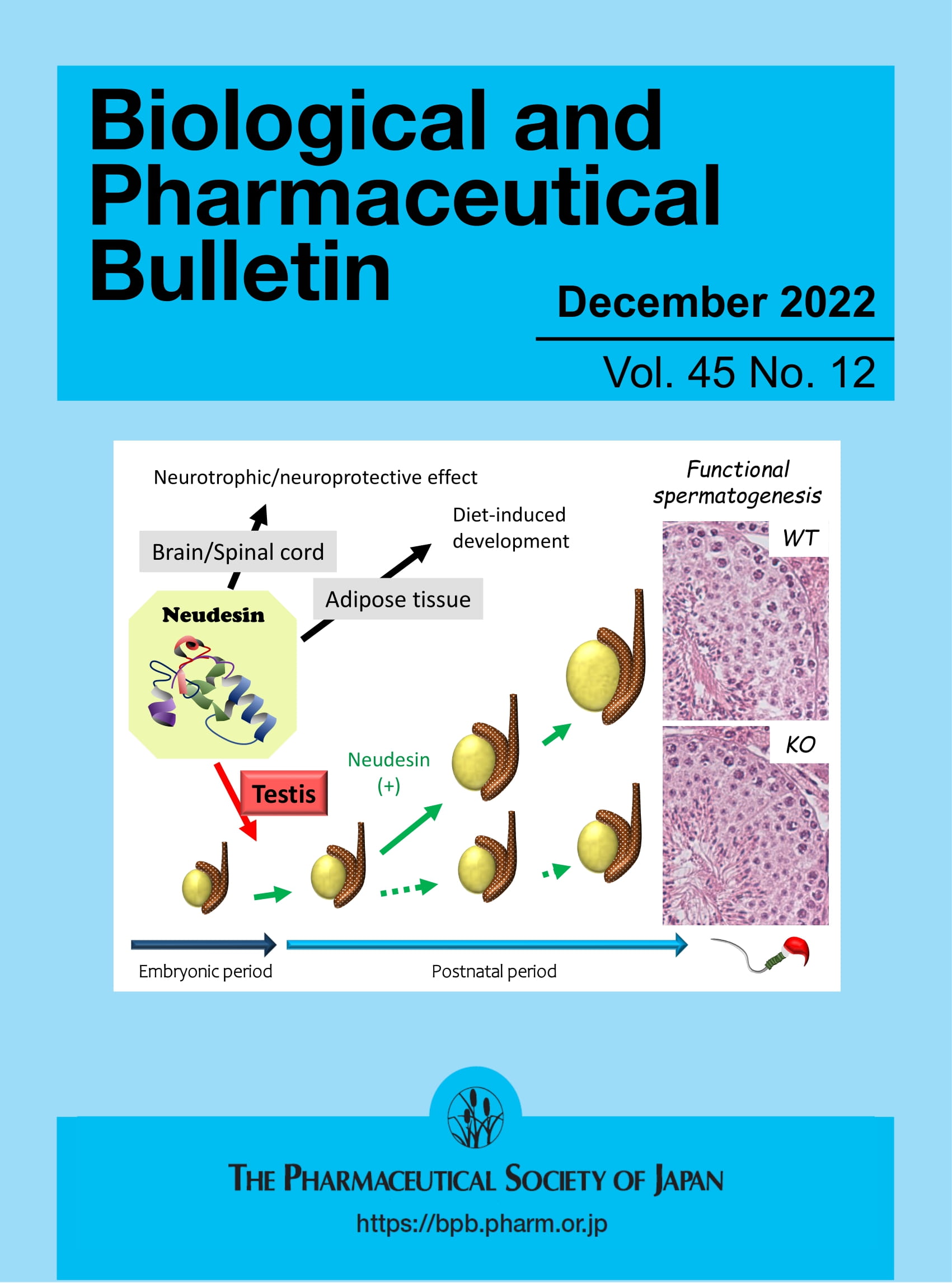Identification of Botanicals Based on Their Chemical Barcode Using Ultraperformance Liquid Chromatography–Mass Spectrometry
Abstract
Rationale
Plants synthesize diverse secondary metabolites, often specific to particular species. These metabolites (phytochemicals) exhibit restricted distribution among certain plant families, genera, or species. Due to their species-specific characteristics, they can serve as chemical markers to identify and authenticate economically important botanicals.
Method
Ultrahigh performance liquid chromatography–mass spectrometry (UHPLC–MS) and a plant metabolome reference library were utilized to identify and authenticate botanicals based on their characteristic phytochemicals.
Result
A chemical barcode refers to a unique molecular weight sequence (e.g., M.W. 216, 392, 390, 438, 542, 368, and 495 for Curcuma longa) of characteristic phytochemicals of particular plant species. This study reports the utilization of a plant metabolome library, LC–MS, and MS/MS data to facilitate the identification of botanicals based on their chemical barcode. We have analyzed 20 economically important medicinal plant species (A. nilotica, A. calamus, A. scholaris, B. monnieri, B. diffusa, C. asiatica, C. sativus, C. longa, F. religiosa, M. alba, M. fragrans, N. sativa, O. tenuiflorum, P. amarus, P. betel, P. longum, P. nigrum, P. pinnata, S. asoca, and V. negundo); no false results were observed in multiple tested samples. Apart from this, barcoded metabolites were also identified to validate the results based on previously reported phytochemicals from respective plant species and their mass spectrometry data.
Conclusion
This approach facilitated the successful identification of botanicals through their chemical barcode and utilized a web-based LC–MS/MS library of nontargeted plant secondary metabolites.




 求助内容:
求助内容: 应助结果提醒方式:
应助结果提醒方式:


